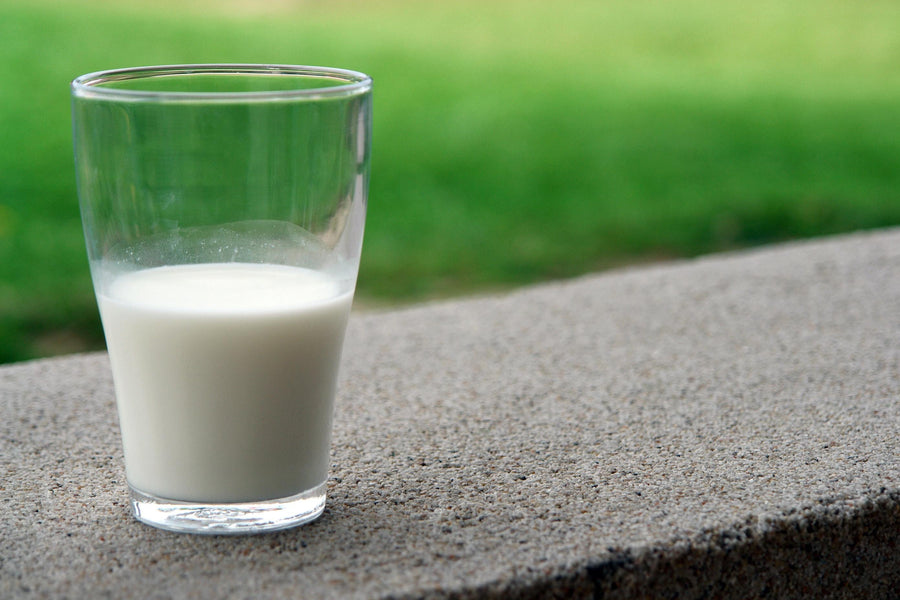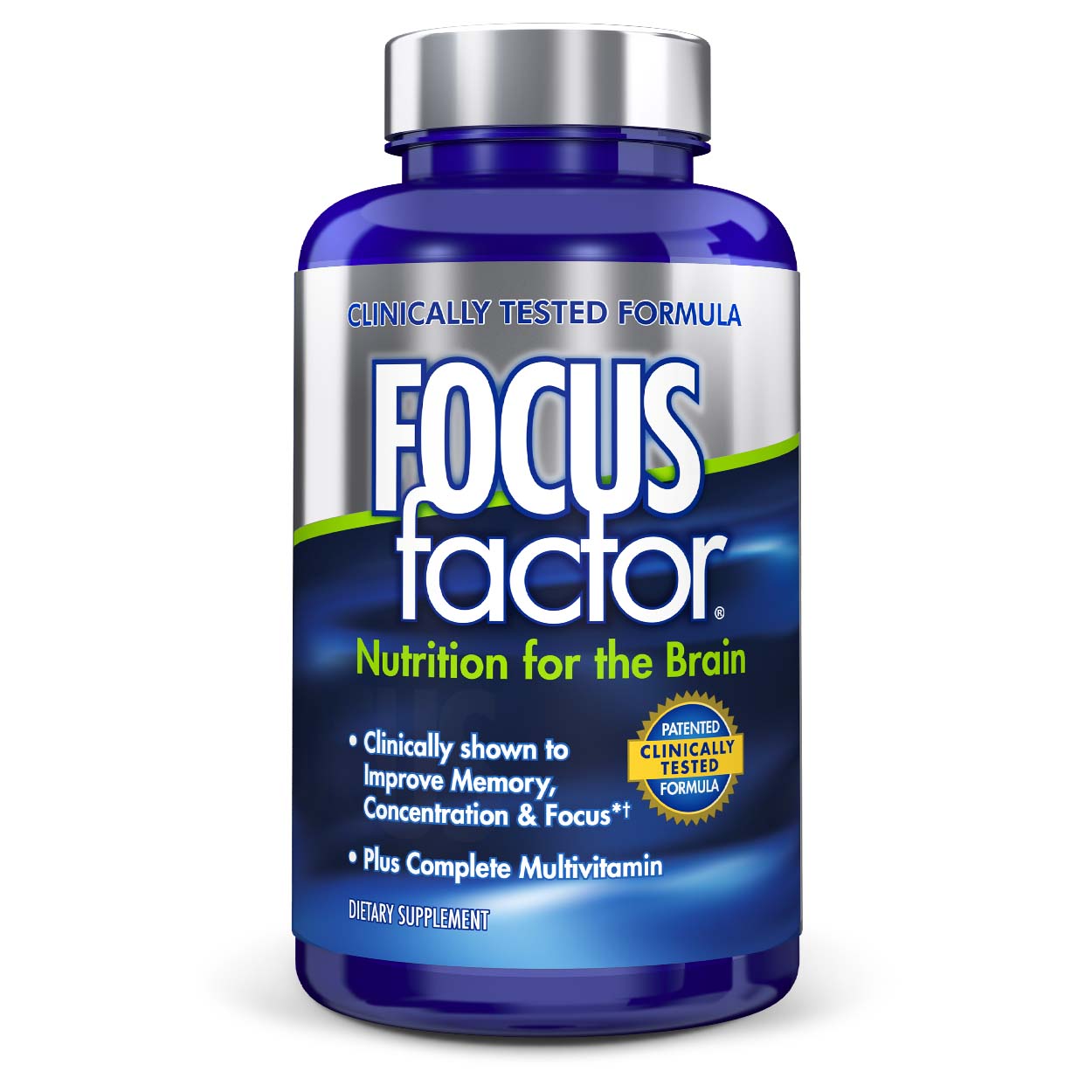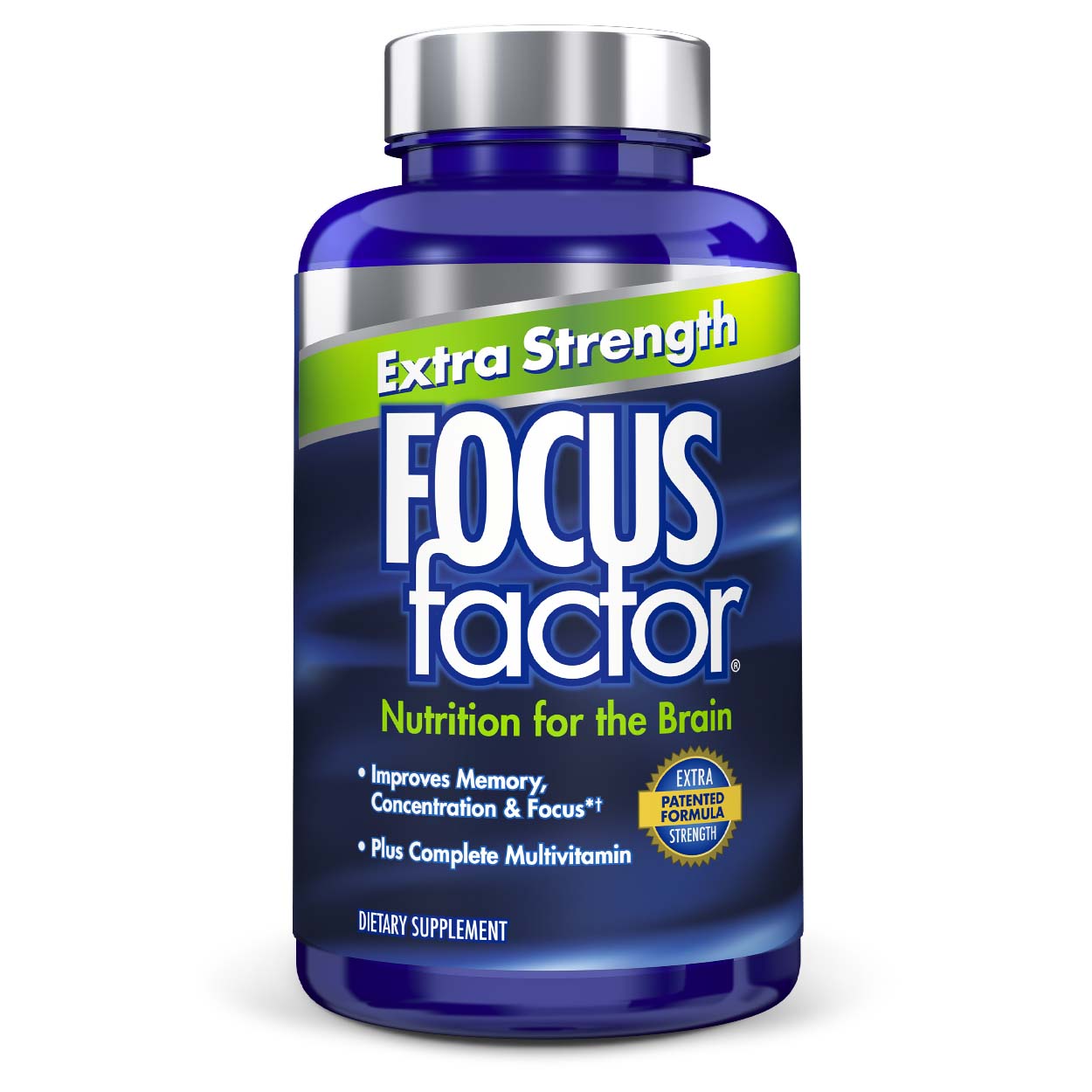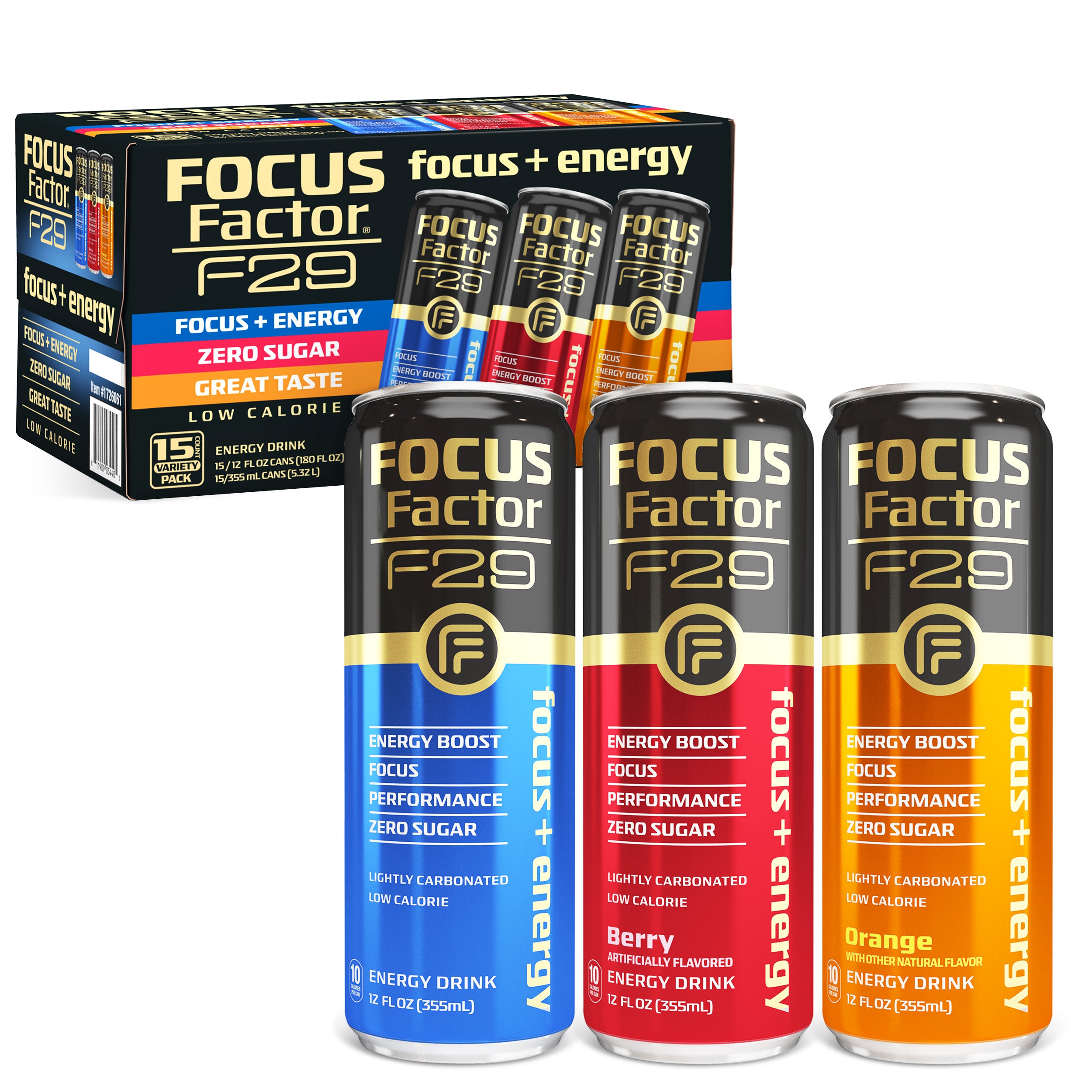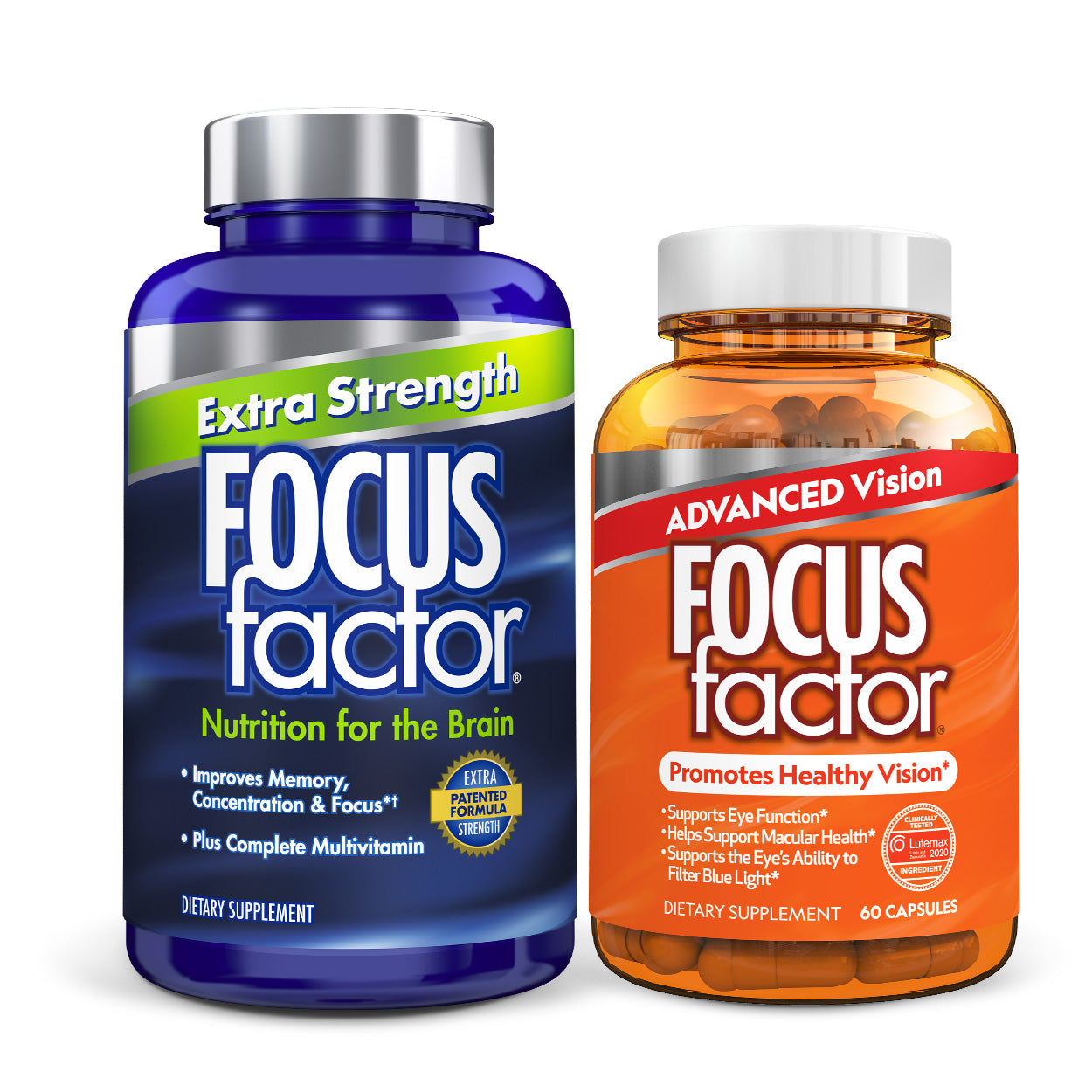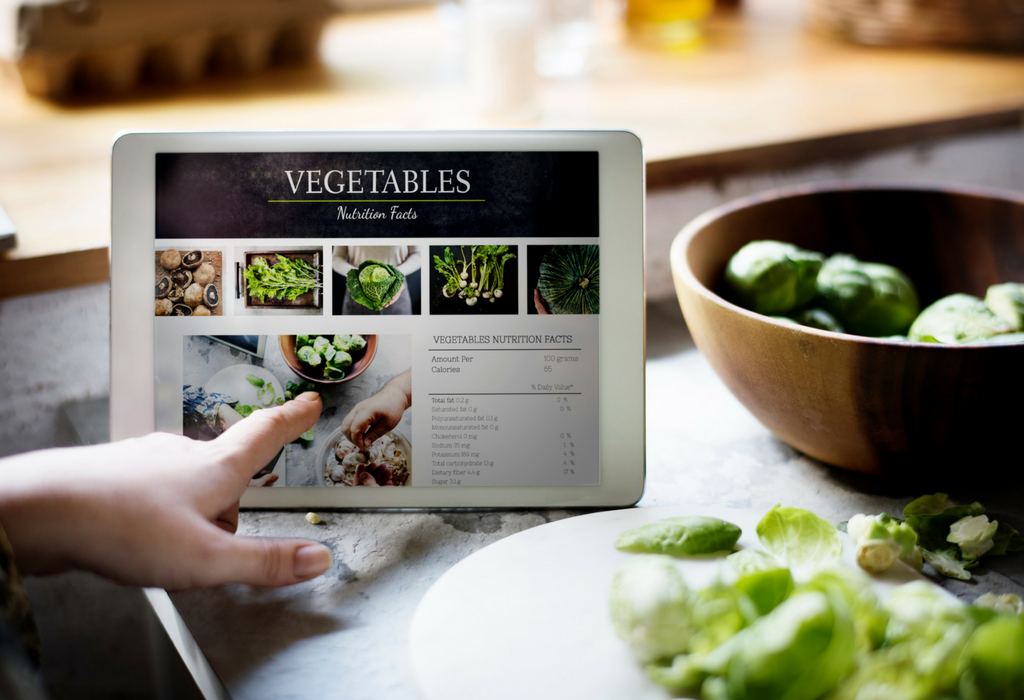
You can’t measure every morsel that passes your lips, but it’s a good idea to measure most foods and beverages until you get a feel for portion sizes. It’s a “super-sized” world out there, and most people are surprised to find that their idea of a “single” serving is actually two or three.
What you need to get started
If you’re into bells and whistles, there are food scales that are preprogrammed with nutritional information, as well as scales that will keep a running total of your daily food and nutrient intake for you. The only tools you really need, however, are a simple and inexpensive gram scale, dry and liquid measuring cups, and the know-how to read food labels.
Although fancy scales and mobile apps can be nice to have, learning to read food labels should be your first priority. It lets you make sensible food selections. Through the “Nutrition Facts” section on a particular item in the grocery store, you can determine if that item fits within your dietary guidelines.
With food labels, you can clearly understand the amount and kinds of nutrients that are provided in the item. Usually, it contains the information on saturated fat, sodium, total fat, fiber, and cholesterol amount “per serving.”
The lowdown
1. Serving size
This is the primary metric you will see on a food label. The amount of servings stated in the food label refers to the quantity of food people usually consume. However, this does not necessarily mean that it reflects your individual amount of food intake, or needs.
Moreover, serving size determines the amount of nutrients that enters the body. This means that if you strictly follow what the serving size is, you will get close to the same amount of nutrients given on the label. However, if you have eaten everything in the pack, and the label says that each pack is equivalent to 4 servings, you’ll have to multiply all of the numbers on the label by four.
2. Nutrients
This refers to the list of available nutrients, such as essential vitamins, that are in a particular item. It is also where the nutritional claims of the product based on the recommended daily dietary allowance are stated. Usually, the nutritional amounts are based on the recommended dietary allowances of the 2,000 calorie Standard American Diet.
In order to understand the numeric value of each item, you should know that the “% daily value” that the food label indicates is actually based on how a particular food corresponds to the recommended daily dietary allowance for a 2,000 calorie.
If in the event that you have purchased an item that has a dietary allowance different from the 2,000-calorie diet, you just have to divide the stipulated amount by 2,000 and you will be able to identify the “%daily value” for the nutrients.
3. Ingredients
This refers to the list of the ingredients that were used to manufacture the product. The listing is usually arranged from the main ingredients that have the greater amount by weight, down to the smallest quantity. This simply means that the actual quantity of the food includes the biggest quantity of the main ingredient, or the first item, and the minimum amount of the very last ingredient.
4. Label claim
This refers to the kinds of nutritional claims of a particular food item. For instance, if an item says it is “sodium-free,” it actually has less than 5 milligrams per serving, or how a “low fat” item actually contains 3 grams of fat or less.
Reading food labels can be very tedious and confusing, but learning how to do it correctly is the first step in taking control of your diet.
* This statement has not been evaluated by the Food and Drug Administration. This product is not intended to diagnose, treat, cure or prevent disease including adhd & alzheimers.




